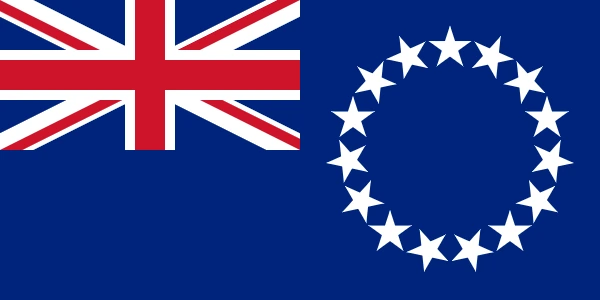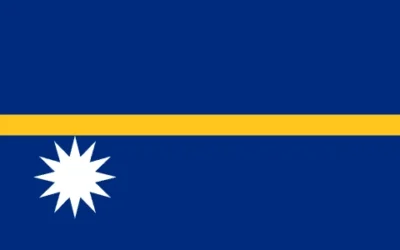Cook Islands Travel Guide
Discover Why You Should Visit the Cook Islands
Why Visit the Cook Islands?
The Cook Islands offer a blend of Polynesian charm, unspoiled beaches, and laid-back island life. With turquoise lagoons, lush inland landscapes, and a welcoming local culture, it is an ideal destination for relaxation, water sports, and cultural immersion without the tourist crowds.
Must-Know Facts
Capital/Major City: Avarua (on Rarotonga)
Language(s): English, Cook Islands Māori
Currency: New Zealand Dollar (NZD)
Best Time to Visit: April to November (dry season)
Fun Fact: The Cook Islands are self-governing but in free association with New Zealand
Top Things to Do
Snorkel and swim in Muri Lagoon
Hike the Cross-Island Track on Rarotonga
Take a cultural village tour and attend an island night performance
Relax on the beaches of Aitutaki and enjoy a lagoon cruise
Visit Punanga Nui Market for crafts, music, and local flavors
Local Culture & Lifestyle
The Cook Islands embrace Polynesian traditions with a strong focus on community and family. Music, dance, and storytelling are integral, and Sunday church attendance is both a religious and social activity. Visitors often feel welcomed like family.
Food & Drink Highlights
Street Food: Fresh fish sandwiches, ika mata (raw fish salad), tropical fruit
Restaurants: Offer seafood, fusion, and international dishes
Drinks: Coconut water, fresh juices, local beers
Desserts: Banana poke, passionfruit cheesecake
Main Dish & Culinary Symbols
Signature Dish: Ika mata (marinated raw fish in coconut cream)
Common Ingredients: Coconut, taro, seafood, papaya, breadfruit
Culinary Culture: Meals are often shared and include tropical ingredients grown or caught locally
Symbols & Icons of the Area
Natural Icons: Muri Lagoon, Aitutaki Lagoon, volcanic peaks
Cultural Icons: Tivaevae quilts, wooden drums, flower crowns
Hidden Gems & Off-the-Beaten-Path
Aitutaki’s One Foot Island for secluded beauty
Mangaia Island for caves and ancient history
Maungaroa Valley for hiking and birdwatching
Atiu Island for coffee plantations and traditional art
Shopping & Souvenirs
What to Buy: Black pearls, handcrafted tivaevae, woven hats and mats
Where to Shop: Punanga Nui Market, island cooperatives, art galleries
Getting Around
Public Transport: Buses circle Rarotonga regularly
Car Rentals: Available on Rarotonga and Aitutaki
Scooters: Popular and convenient for exploring
Flights: Small planes connect outer islands
Travel Tips
Respect local customs and modesty, especially at churches
Sundays are quiet with limited services
Book inter-island flights in advance
Bring reef shoes and bug repellent for outdoor activities
Where to Stay
Budget: Backpacker lodges and homestays
Mid-range: Beach bungalows and small hotels
Luxury: Private resorts and overwater villas on Aitutaki
Unique: Eco-lodges and traditional-style accommodations
Sample 4-Day Itinerary
Day 1: Arrive in Rarotonga, explore Avarua, relax at Muri Beach
Day 2: Hike the Cross-Island Track, cultural evening with dinner and dance
Day 3: Fly to Aitutaki, lagoon cruise with snorkeling and beach picnic
Day 4: Return to Rarotonga, shop at the market, enjoy a beachside farewell dinner






0 Comments